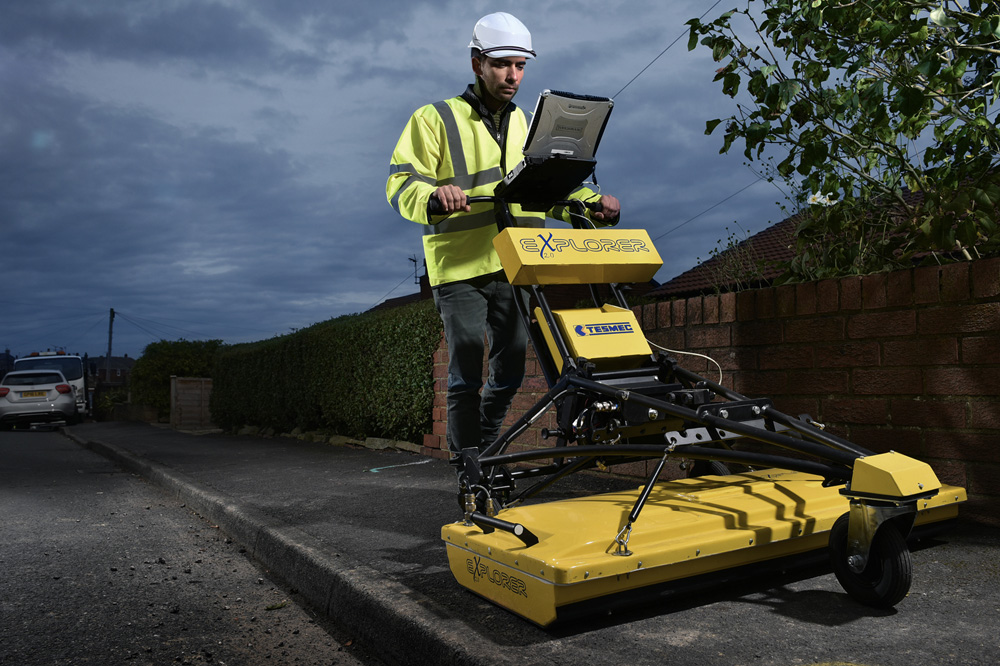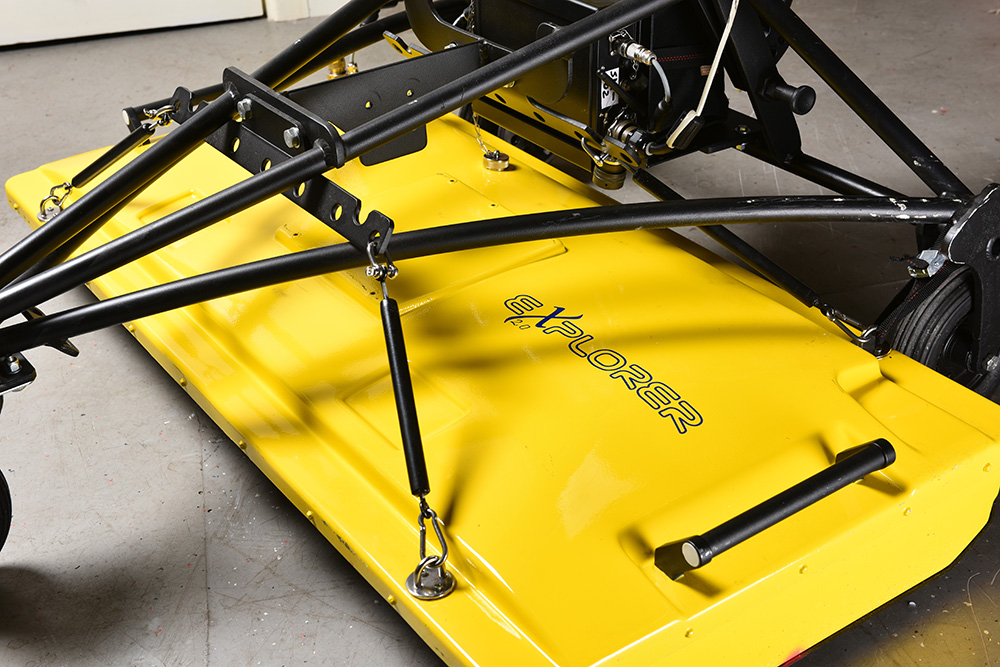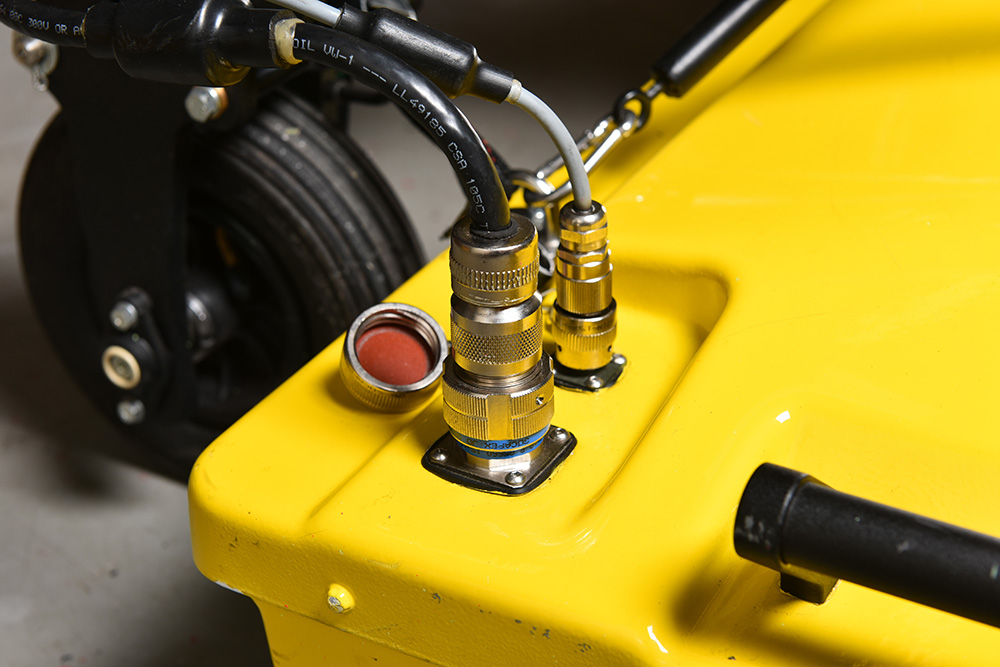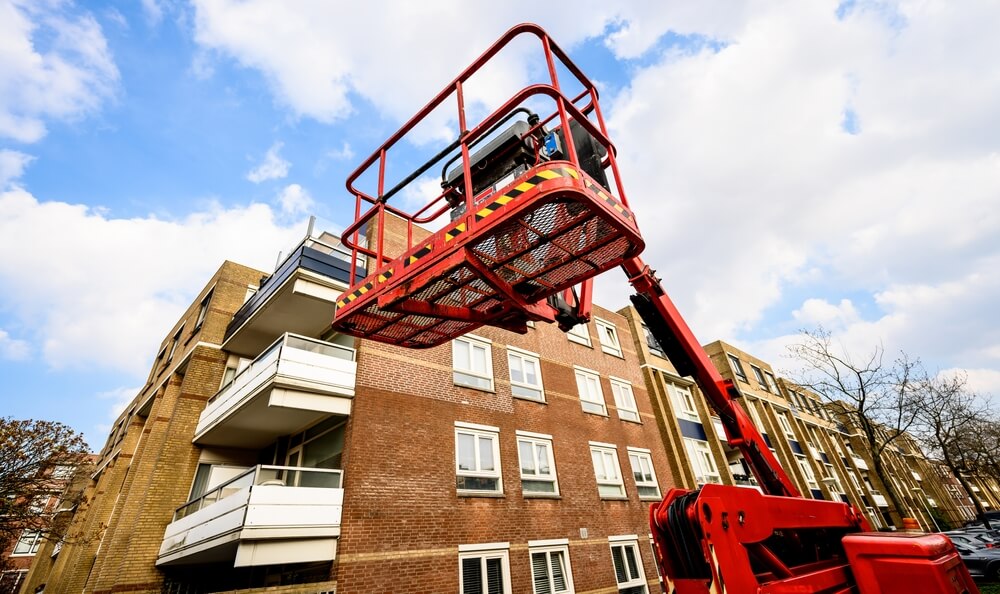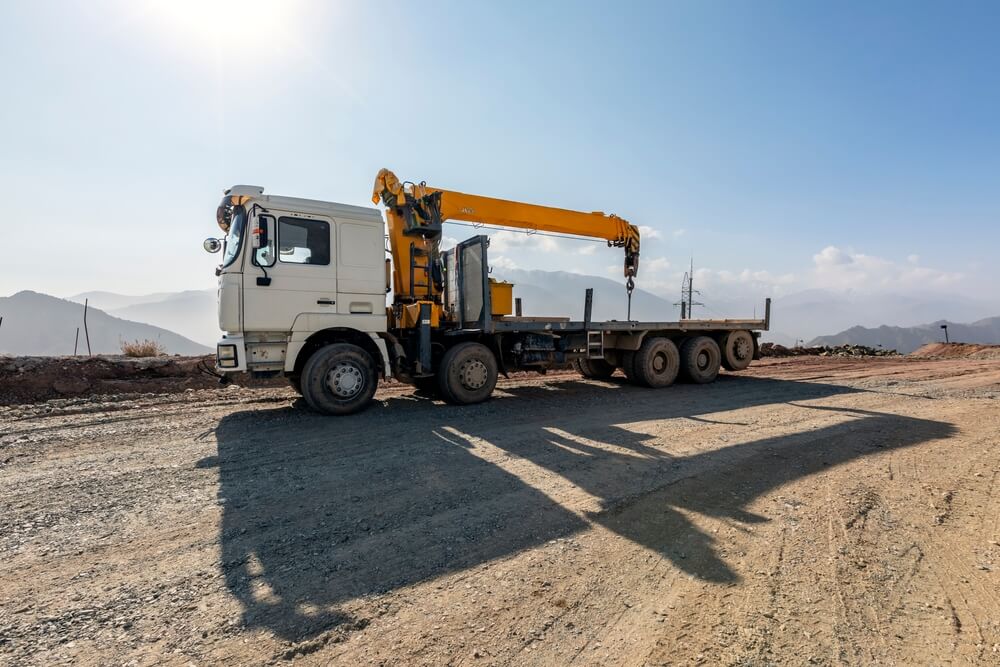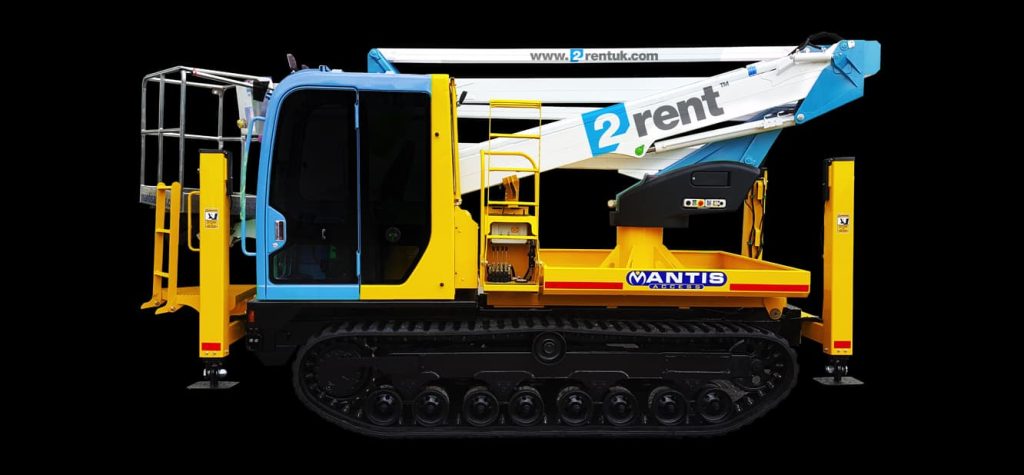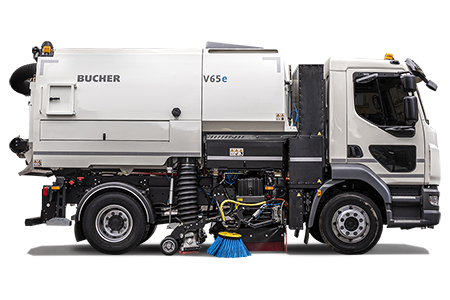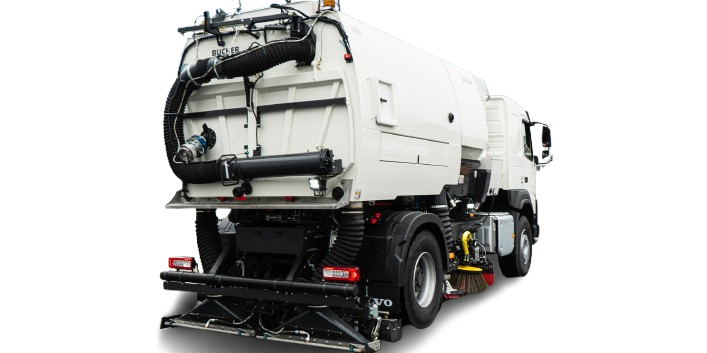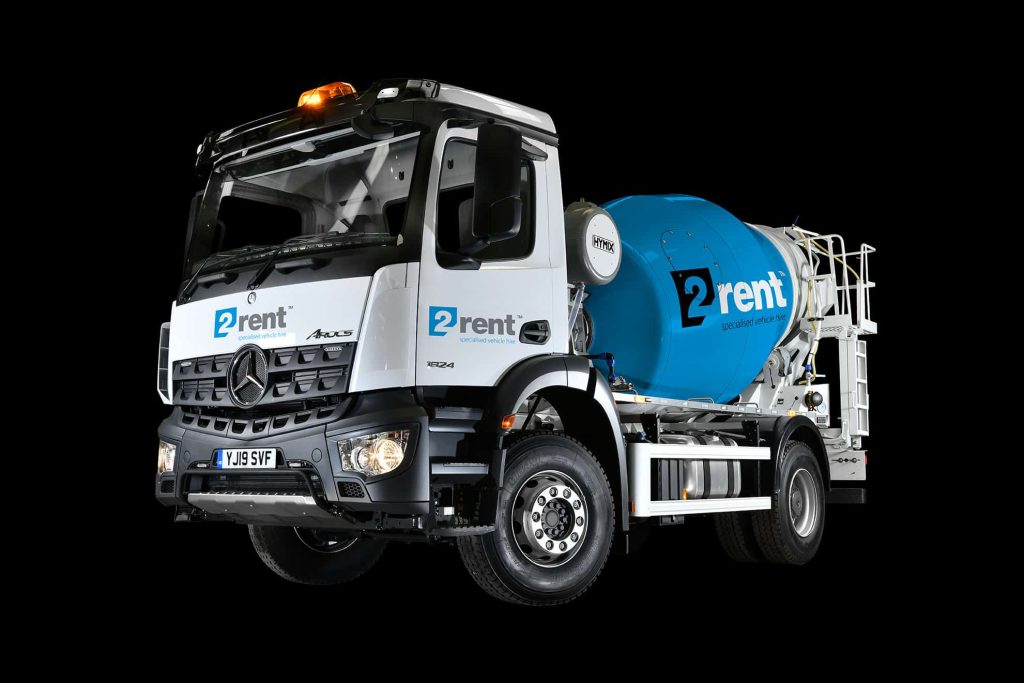In the modern world of subsurface exploration, Ground Penetrating Radar (GPR) has emerged as a revolutionary technology, offering a non-intrusive and cost-effective means to peer beneath the surface. At 2Rent, we specialise in providing top-of-the-line GPR equipment for hire. In this blog, we delve into how this technology works, its applications, and why it’s an indispensable tool for a range of industries.
- How do ground penetrating radars work?
- How GPR reveals the unseen
- Applications of ground penetrating radar
- GPR advantages
- Depth and frequency considerations
Introduction: How do ground penetrating radars work?
GPR is a cutting-edge geophysical method that utilises electromagnetic waves to image the subsurface. This method is celebrated for its non-destructive approach, making it invaluable for investigating various materials such as soil, concrete, and asphalt without having to dig down or disrupt the surface.
The Fundamental Principles
GPR operates by sending a pulse of electromagnetic energy into the ground. The distinct reflections of this pulse, caused by the varying conductive and dielectric properties of subsurface materials, are captured by a receiving antenna. The analysis of these reflections enables you to detect and identify buried objects or changes in the ground material.
Key Components of GPR
The system comprises two main elements:
- Transmitting Antenna: Emits short bursts of electromagnetic energy into the subsurface.
- Receiving Antenna: Captures the reflected signals, which vary based on the properties of the materials they encounter.
How GPR Reveals the Unseen
The operation of GPR is similar to echolocation, but for the subsurface. When the electromagnetic pulse encounters different materials, it reflects back to the surface. These reflections are then recorded and interpreted to create an image or profile of the subsurface structures.
Interpreting the Signals
The reflections’ strength and pattern are influenced by the material’s properties. For instance, metallic objects yield high-amplitude reflections, while non-metallic materials, like plastic or voids, produce different signal patterns. This diversity in reflection helps in identifying the nature of subsurface features.
Applications of Ground Penetrating Radar
GPR’s versatility makes it suitable for a wide array of applications, including:
- Archaeological Surveys: Unearthing historical artefacts without disturbing the site.
- Utility Mapping: Locating underground pipes and cables.
- Construction and Engineering: Assessing the integrity of structures and identifying hidden features in concrete.
- Environmental Studies: Detecting underground storage tanks or contaminated sites.
Advantages of Using GPR
GPR stands out for its non-intrusive nature, offering several benefits:
- Safety: As a non-destructive method, it’s ideal for public spaces and sensitive sites.
- Efficiency: Quick data collection allows for rapid surveying of large areas.
- Versatility: Capable of detecting both metallic and non-metallic objects.
- Cost-Effectiveness: Reduces the need for more expensive and invasive survey methods.
Depth and Frequency Considerations
The depth of penetration and resolution of GPR depend on the frequency of the electromagnetic waves used. Higher frequencies provide finer detail but shallower penetration, ideal for concrete inspection. Lower frequencies, while offering less detail, can penetrate deeper, suitable for geological surveys.
Why Choose 2Rent for Your GPR Needs?
At 2Rent, we understand the critical role of accurate and reliable subsurface exploration. Our GPR systems, such as the Tesmec Explorer 2.0, offer unparalleled accuracy and depth, catering to diverse requirements. Whether you’re a professional in construction, archaeology, or environmental studies, our GPR solutions are designed to meet your specific needs.
Are you ready to streamline your site operations? Get in touch for your ground penetrating radar hire quote today.
Latest News
The top 5 applications for Ground Penetrating Radar (GPR)
Read more
What is a Ground Penetrating Radar (GPR)?
Read more
Self-drive vs. operated cherry picker hire: Which one is right for you?
Read more
How crane truck hire can save you time and money on your next project
Read more
Cherry picker safety: What you must know before operating a MEWP
Read more
Why concrete mixer trucks are a game-changer for construction efficiency
Read more
Top 5 construction projects that benefit from hiring a concrete mixer truck
Read more
The benefits of concrete mixer trucks: Why they’re essential for construction
Read more
Everything You Need To Know About Road Sweepers
Read more
Concrete Mixer Trucks vs Static Mixers: Which Is Best for Your Project?
Read more
